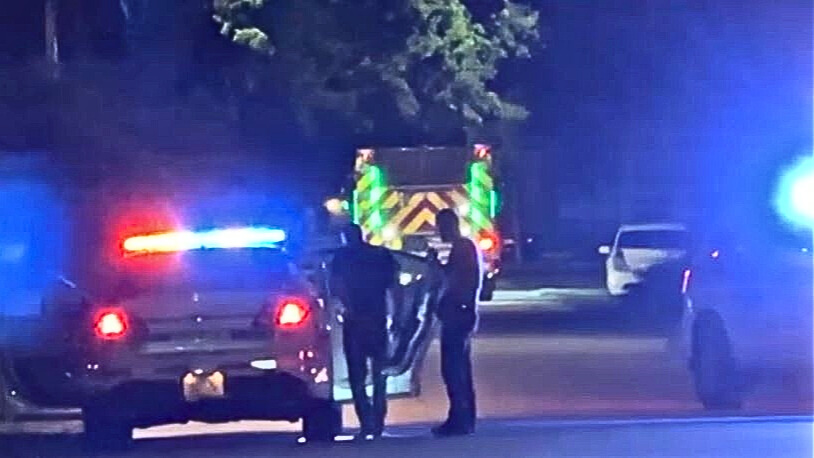Two dozen Cuban migrants who reached a lighthouse in the Florida Keys must be sent back to the country, a U.S. District Court in Miami ruled Tuesday afternoon in a 35-page document.
Judge Darrin Gayles' ruling said the 136-year-old American Shoal lighthouse does not count as dry land under the U.S.'s "wet-foot, dry-foot'' policy.
"This is a very sad moment for all of us," immigration advocate Ramon Saul Sanchez said outside the courthouse. "We have had our day in court but we had hopes that freedom would also be enjoyed by these people after they invested so much of their lives."
The attorney for the migrants argued during a June 2nd hearing that they should be allowed to remain in the U.S. because the lighthouse standing in shallow water off the Florida Keys is American territory just as if they had reached dry land.
Attorneys for the federal government, however, said that the American Shoal lighthouse located about 7 miles from Sugarloaf Key is U.S. property but does not equal reaching U.S. shores.
At issue was whether the lighthouse, a historic 109-foot iron structure that was in use from 1880 until 2015, qualified as U.S. territory under the "wet foot, dry foot" policy. Under that policy, Cubans who reach U.S. shores are usually allowed to stay, while those intercepted at sea are generally returned home.
The controversy comes amid a surge in Cuban attempts to migrate from the communist island to the U.S., partly out of fear the favorable policy might change as relations warm between the two Cold War foes. The Coast Guard said attempts by Cubans to reach the U.S. by sea have increased 155 percent in May compared to the same month last year.
Local
The 21 Cuban migrants who reached the lighthouse May 20 stayed there for several hours before they agreed to board a Coast Guard cutter. The lighthouse has a large, eight-room living area once occupied by a keeper and other workers and sits on a submerged reef that was deeded to the U.S. by the state of Florida in the 1870s, according to testimony Thursday.
"This is a federal building, on federal land, in federal territory," said Kendall Coffey, a former Miami U.S. attorney who is among the migrants' lawyers. "We believe they are entitled to not being repatriated" to Cuba.
According to the judge's order, two more migrants were spotted on the lighthouse, and a third was found in the water nearby.
Assistant U.S. Attorney Dexter Lee said the Coast Guard had made a reasonable decision that the lighthouse did not equal U.S. shores and urged U.S. District Judge Darrin Gayles not to overturn it. He said it is too far to stretch the definition of "dry land" to include a lighthouse located on a Florida Straits reef, where the water is 4 feet deep at low tide.
"Just because the government owns a lighthouse does not mean it is dry land. It is surrounded by water. It is built on submerged land. It is not dry land," Lee said. "Somebody who wants to journey to the United States wants to get to dry land."
In 2006, a different Miami federal judge ruled that Cubans who reached a portion of the abandoned Seven Mile Bridge in the Keys that was no longer connected to land still qualified as "dry foot" because the structure was U.S. territory. That ruling could play a key role in the lighthouse case, attorneys said.



